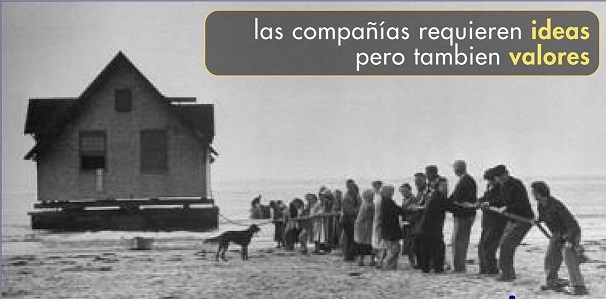Patricia was a push-over. She was the kind of person who would allow others to dictate her will, simply because she was too afraid to say anything. She was small-structured and timid, but had a smile that could light up an entire room. She feared not being liked, and that led to her being unable to say “no” even to things she did not want or believe. For her, that was her vice.As experiences mounted on her shoulder, she began to see that for a person to survive in this world, one needs to be able to refuse certain things. To know when to appear decisive and stubborn, even at the expense of someone else’s judgement at that moment.But she still had difficulty realising that very acknowledgement. And she kept falling into the trap. Because even though she could see that these were the wrong choices to make, the ones that would lead to more trouble in the end, she made them anyway.Not everything makes sense. Not everything has to. But certain things make you look back in regret and remorse at not being smarter sooner.Patricia realised it when she met a handsome lawyer on the bus one day. He was exactly what she wasn’t: confident, decisive, at times even arrogant due to his obstinate nature. But she fell for him. And she found out that when you love, you sometimes lose control. That is when she understood that in life we need a balance. We need to be able to view our actions pre-emptively, taking into account their impact and consequences.We sometimes make the wrong choices only to fully comprehend the magnitude of making the right ones when the time comes.
Origen: The wrong choice





